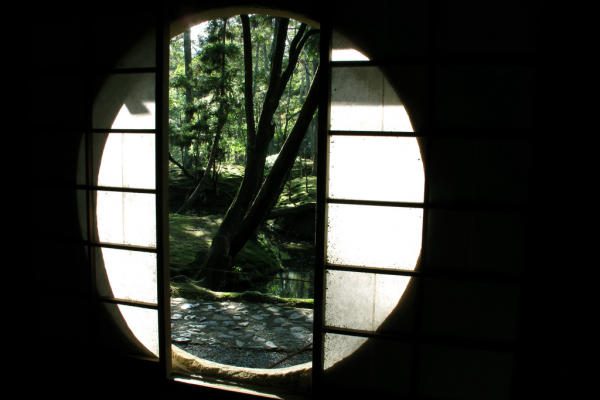Saiho-ji Temple
Saiho-ji Temple, also known as Koke-dera (Moss Temple), is a Zen temple located in Kyoto, Japan. It is known for its stunning moss garden, which covers the majority of the temple grounds and gives it a unique, ethereal beauty. The temple is often considered one of the best examples of a traditional Japanese garden, and is designated as a UNESCO World Heritage Site.
History of Saiho-ji Temple
Saiho-ji Temple was originally built in the 8th century by Emperor Shomu, but it wasn’t until the 14th century that it was converted into a Zen temple by the priest Muso Soseki. Since then, the temple has undergone several renovations and reconstructions. In 1339, the garden was designed by Muso Soseki, and the temple became a center for Rinzai Zen Buddhism. The temple’s garden has since been recognized as one of the best examples of a traditional Japanese garden and is considered a national treasure.
The temple was destroyed by fire in 1591 and was rebuilt several times over the years. The present main hall, called the Kannon-do, was built in 1638, and the thatched roof was rebuilt in 1969. The temple’s garden has undergone restoration projects several times, with the most recent project completed in 2003.
Moss Garden
The moss garden is the main attraction of Saiho-ji Temple. The garden is known for its incredible beauty and is regarded as one of the best examples of a traditional Japanese garden. The moss garden is designed in the “shakkei” style, which means “borrowed scenery.” This means that the garden is designed to incorporate the surrounding natural scenery into its composition.
The garden is home to over 120 varieties of moss, which thrive in the cool and damp conditions of the temple grounds. The garden is divided into several areas, each with its own unique features. The most famous part of the garden is the “mirror pond,” which is surrounded by moss-covered rocks and trees. The reflections in the water create a stunning visual effect.
Visiting Saiho-ji Temple
Visiting Saiho-ji Temple requires advance reservations, as the temple limits the number of visitors to preserve the delicate moss garden. Visitors must fill out a form and send it to the temple at least two weeks in advance. Once the reservation is confirmed, visitors are required to pay a fee and participate in a short meditation session before being allowed to tour the temple grounds.
The temple is open year-round, but the garden is at its most beautiful in the rainy season of June and July, when the moss is at its lushest. The temple is also open in the autumn, when the foliage surrounding the temple turns into a beautiful shade of red and gold.
The temple is located in the western part of Kyoto, near the Arashiyama district. Visitors can take a bus or train to the temple, and it is a short walk from the station.
Phần kết luận
Saiho-ji Temple, also known as Koke-dera, is a Zen temple in Kyoto, Japan, famous for its stunning moss garden. The garden is home to over 120 varieties of moss, and is considered one of the best examples of a traditional Japanese garden. Visiting Saiho-ji Temple requires advance reservations, and visitors must pay a fee and participate in a short meditation session before being allowed to tour the temple grounds. The temple is open year-round, but the garden is at its most beautiful in the rainy season of June and July.



